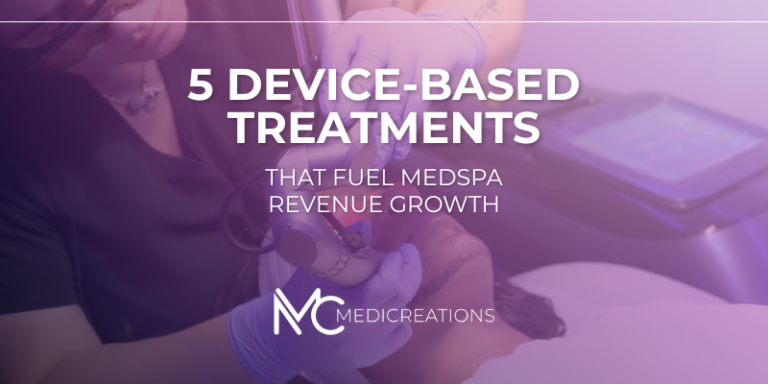One of the most important steps in every client consultation is determining how their skin reacts to sun exposure and a variety of treatments. That’s where the Fitzpatrick Scale comes in—a foundational tool in the skin assessment toolkit. In this blog, we’ll walk you through the scale, how to use it, and why modern updates are starting to matter more than ever.
What is the Fitzpatrick Scale?
Created in 1975 by dermatologist Dr. Thomas Fitzpatrick, the scale was originally designed to predict how skin responds to UV exposure, specifically whether it burns or tans. Today, it’s a go-to tool in aesthetic practice for evaluating a client’s sun sensitivity, treatment tolerance, and post-procedure risks.
The scale classifies skin into six types:
Type I: Very fair; always burns, never tans
Type II: Fair; usually burns, tans minimally
Type III: Light olive; sometimes burns, tans gradually
Type IV: Medium brown; rarely burns, tans well
Type V: Dark brown; very rarely burns, tans deeply
Type VI: Deeply pigmented; never burns, tans very easily

This classification helps to decide how aggressively one can treat the skin—whether it’s a chemical peel, laser, or microneedling session.
Why It’s Crucial in Esthetic Treatments
Different skin types respond differently to treatment, especially when heat, abrasion, or pigmentation is involved. For instance, Fitzpatrick Types IV–VI are more prone to post-inflammatory hyperpigmentation (PIH) or even keloid scarring after certain procedures (Santiago et al., 2023). On the flip side, Types I–III may require extra sun protection guidance to reduce long-term UV damage and skin cancer risks (Kirwan, 2018).
What the Fitzpatrick Scale Misses
The Fitzpatrick Scale is still widely used, but it does have limitations. It was originally based on observations of white patients, so its relevance for people with darker skin tones has been questioned. It also focuses mostly on how skin burns or tans—not on how it heals, scars, or reacts to cosmetic treatments (Subedi & Ganor, 2024).
It’s also possible to unintentionally misclassify skin types, especially if the client has never experienced sunburn due to careful protection or lives in low UV environments.
New Tools for Diverse Skin Types
To serve a broader range of clients, experts are now exploring newer classification systems. For example, the Colorimetric Scale for Skin of Color classifies melanin-rich skin tones without relying on tanning response. It’s designed to help professionals better predict risks like pigmentation changes after treatments (Cohen et al., 2023).
Machine learning tools and light-based sensors are also being developed to provide objective skin type assessments, which could eventually improve treatment accuracy in clinical and spa settings (Yu et al., 2024).
Conclusion
The Fitzpatrick Scale remains a useful tool for estheticians — but it’s just a starting point. Always pair it with a thorough skin analysis and client consultation. For clients with medium to dark skin tones, take extra care with treatments that could trigger pigmentation issues, and keep an eye on emerging tools that could make your assessments more accurate and actionable.


